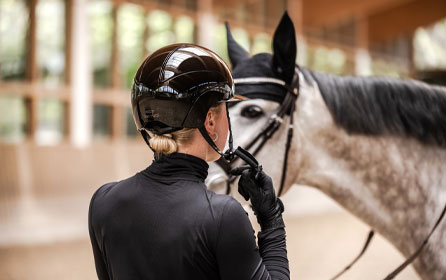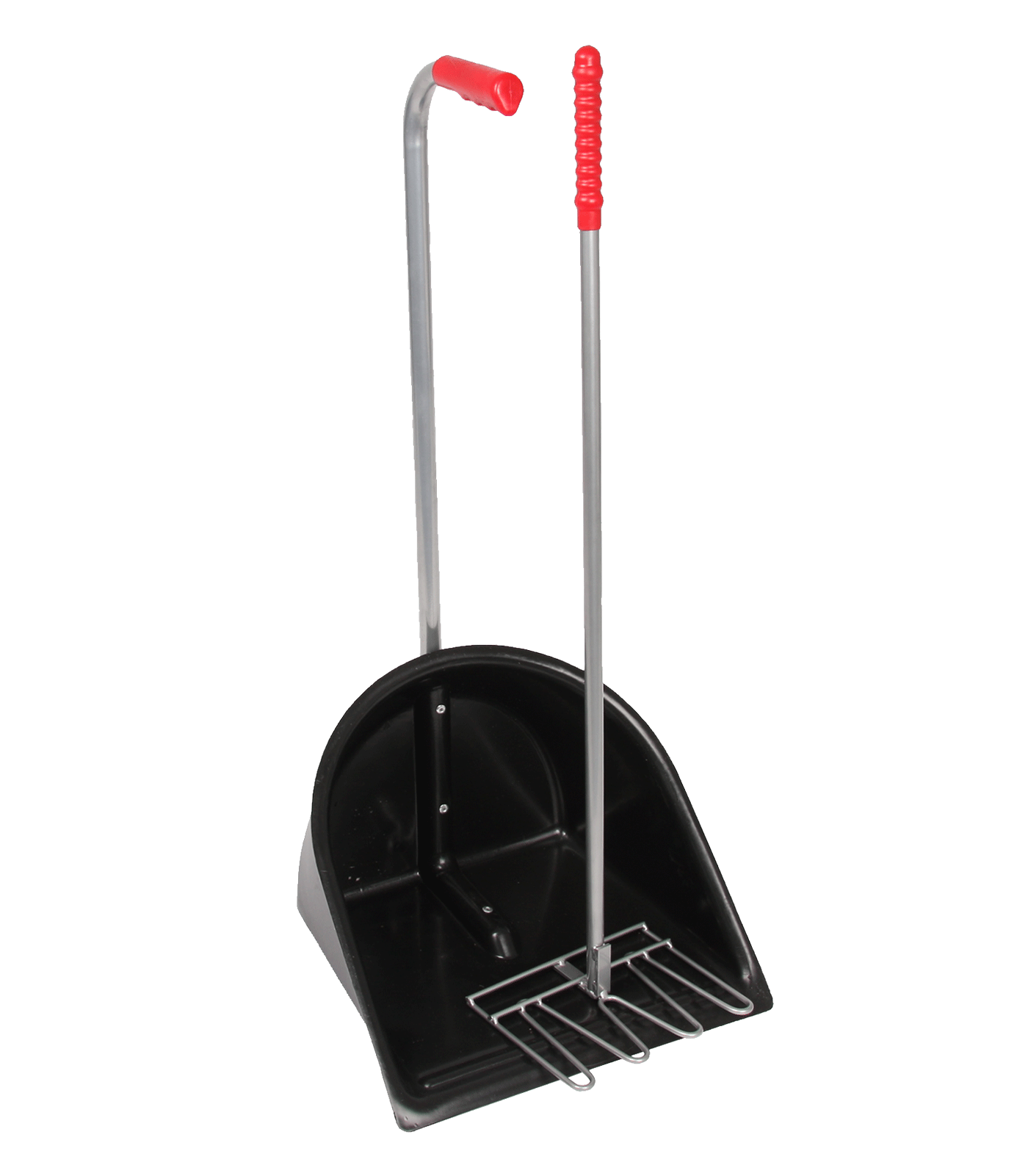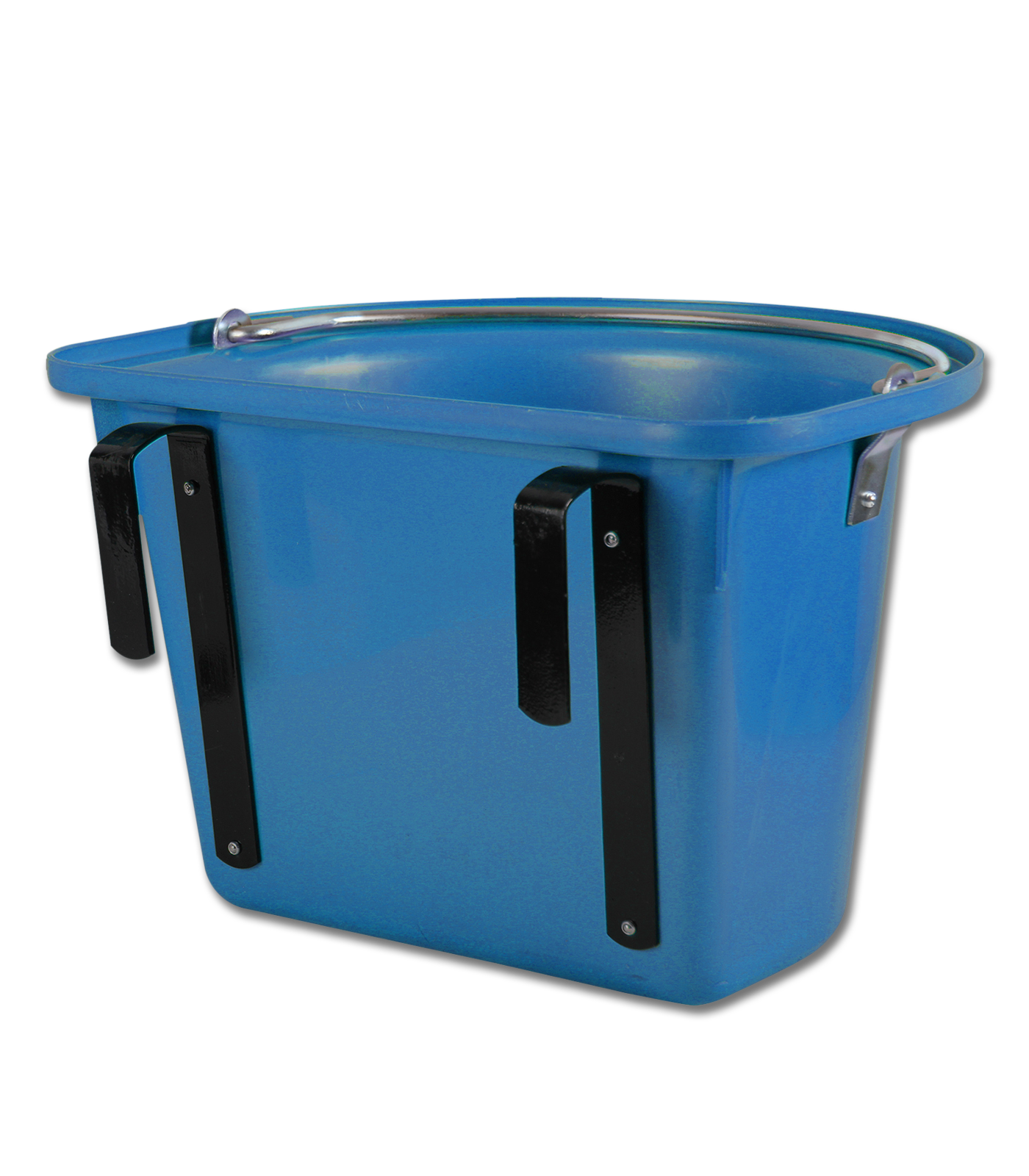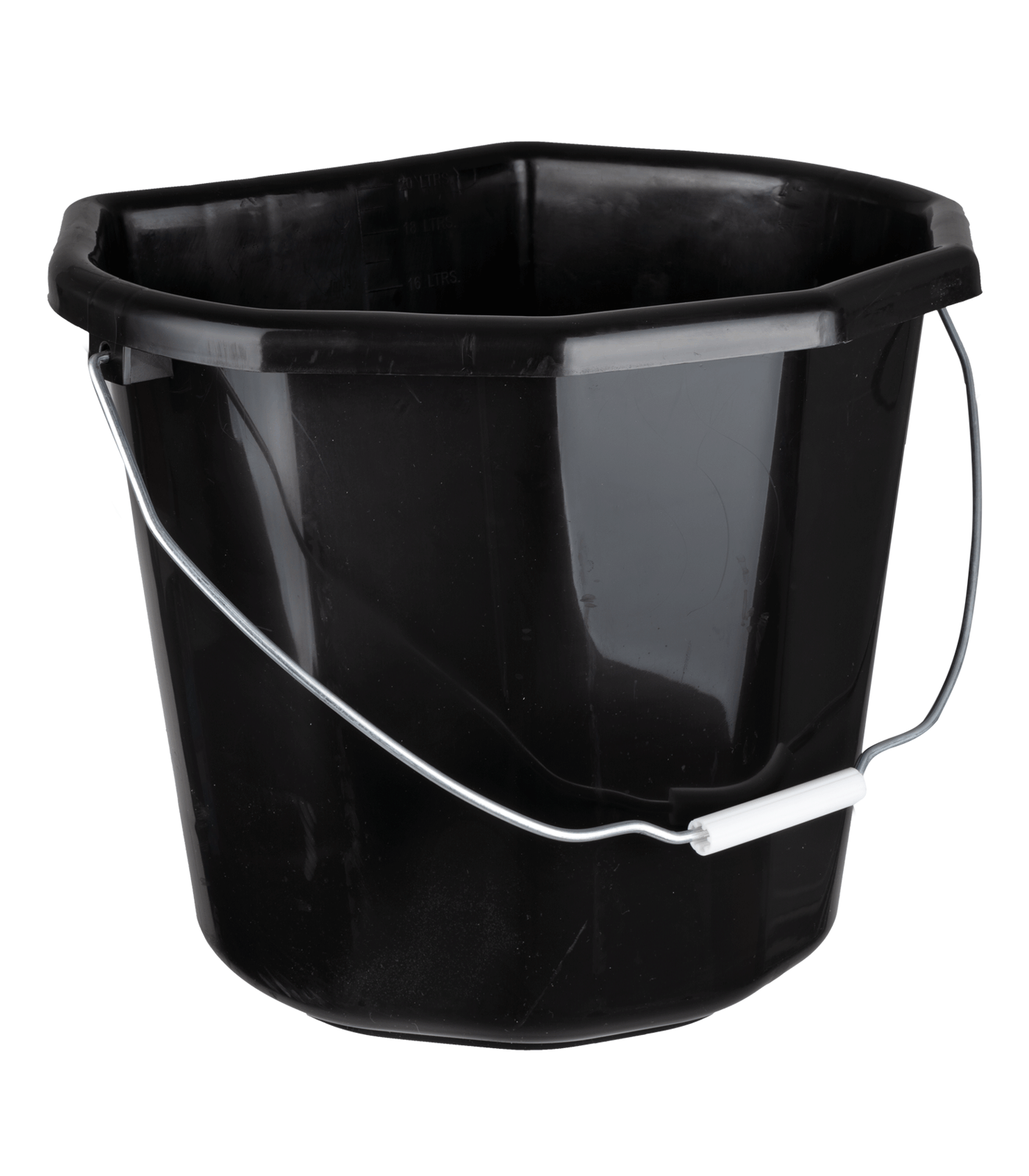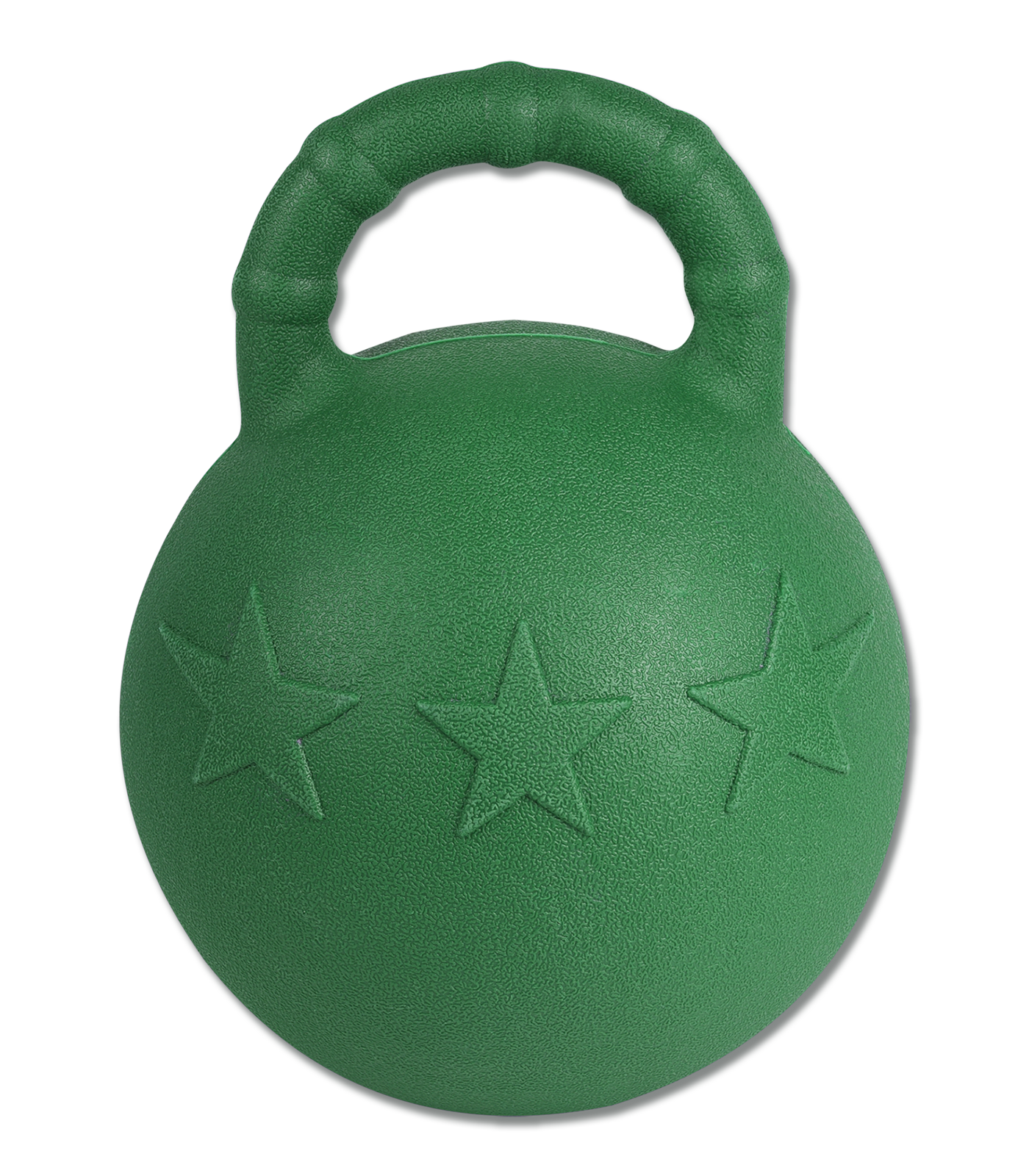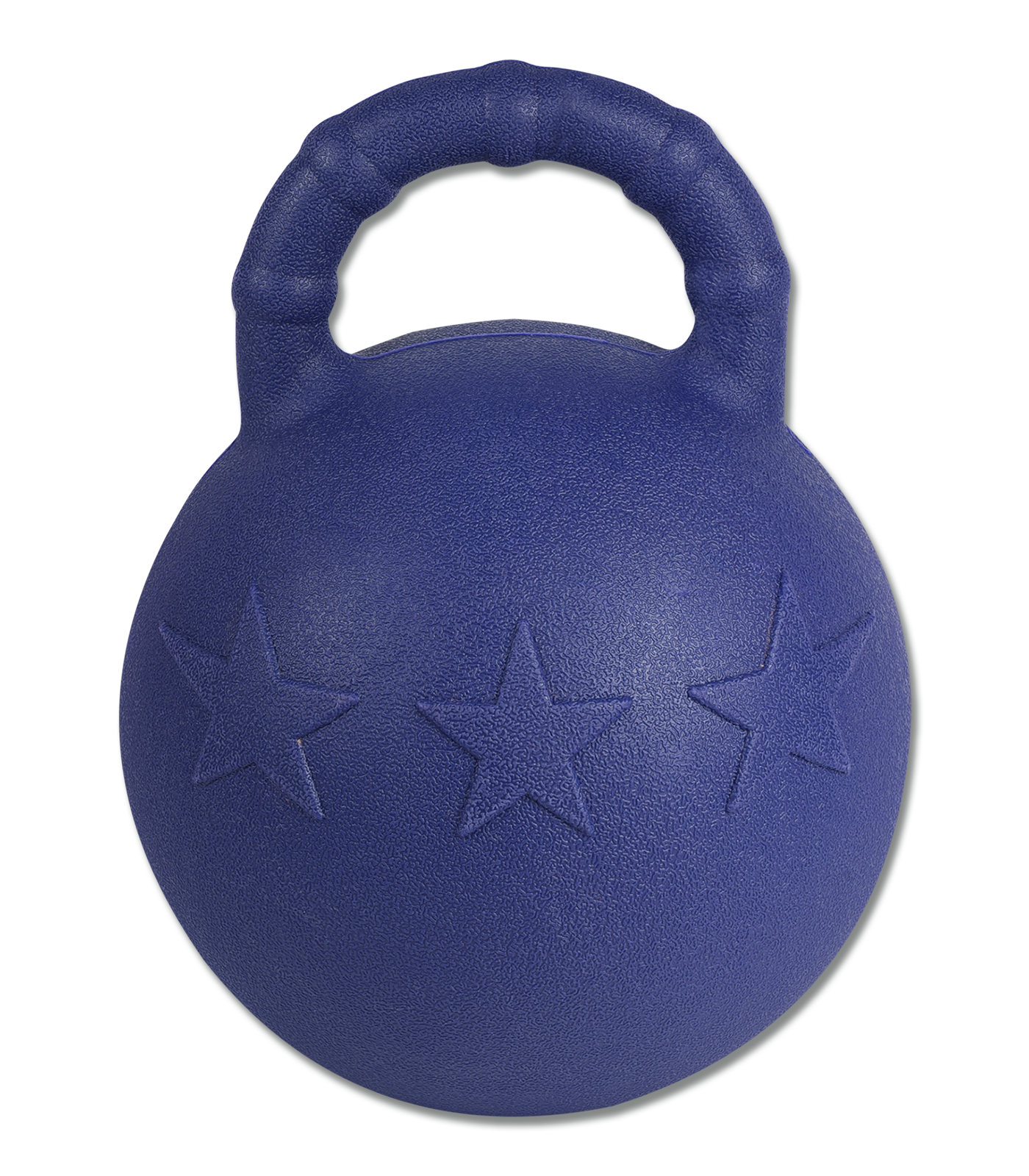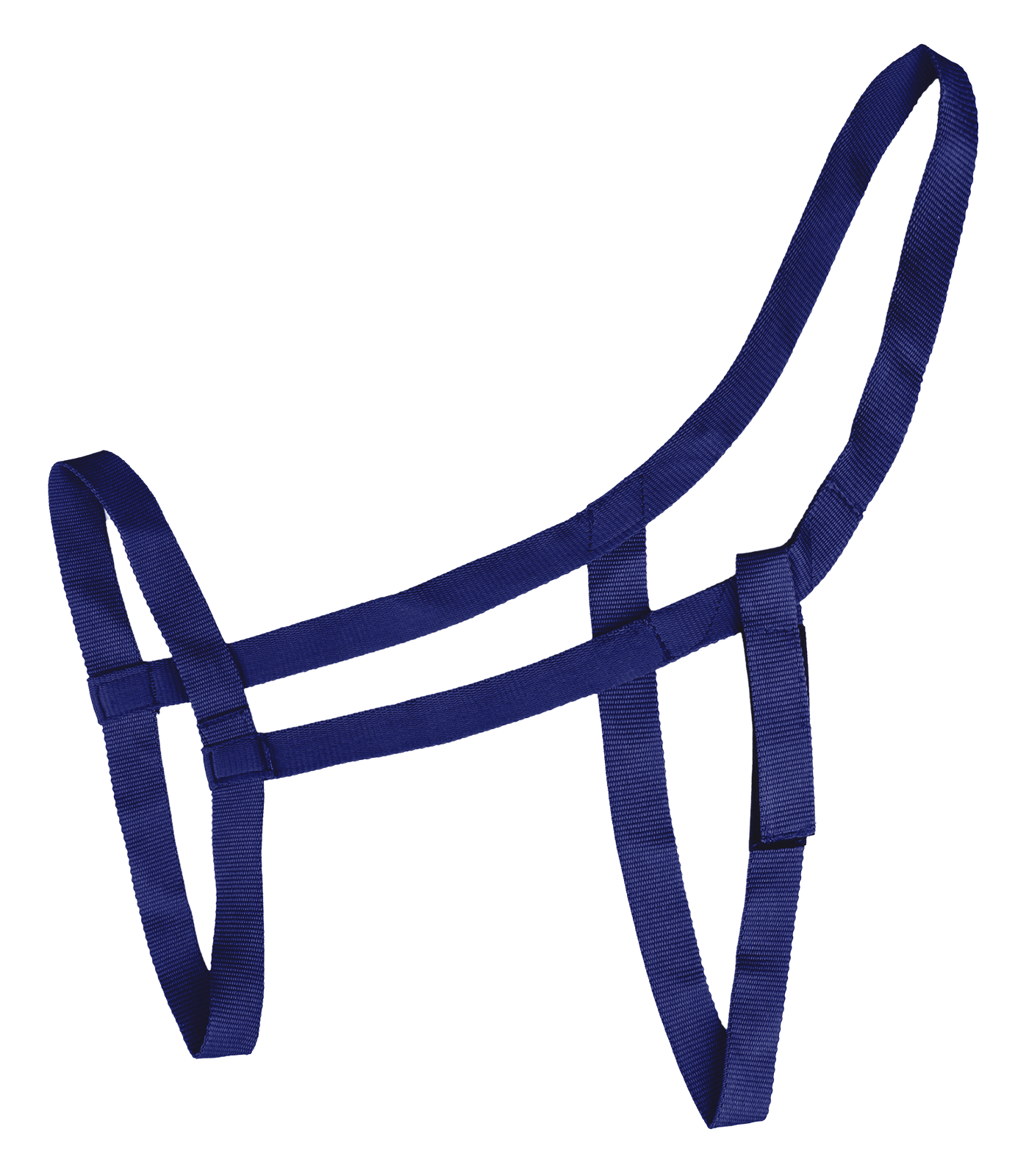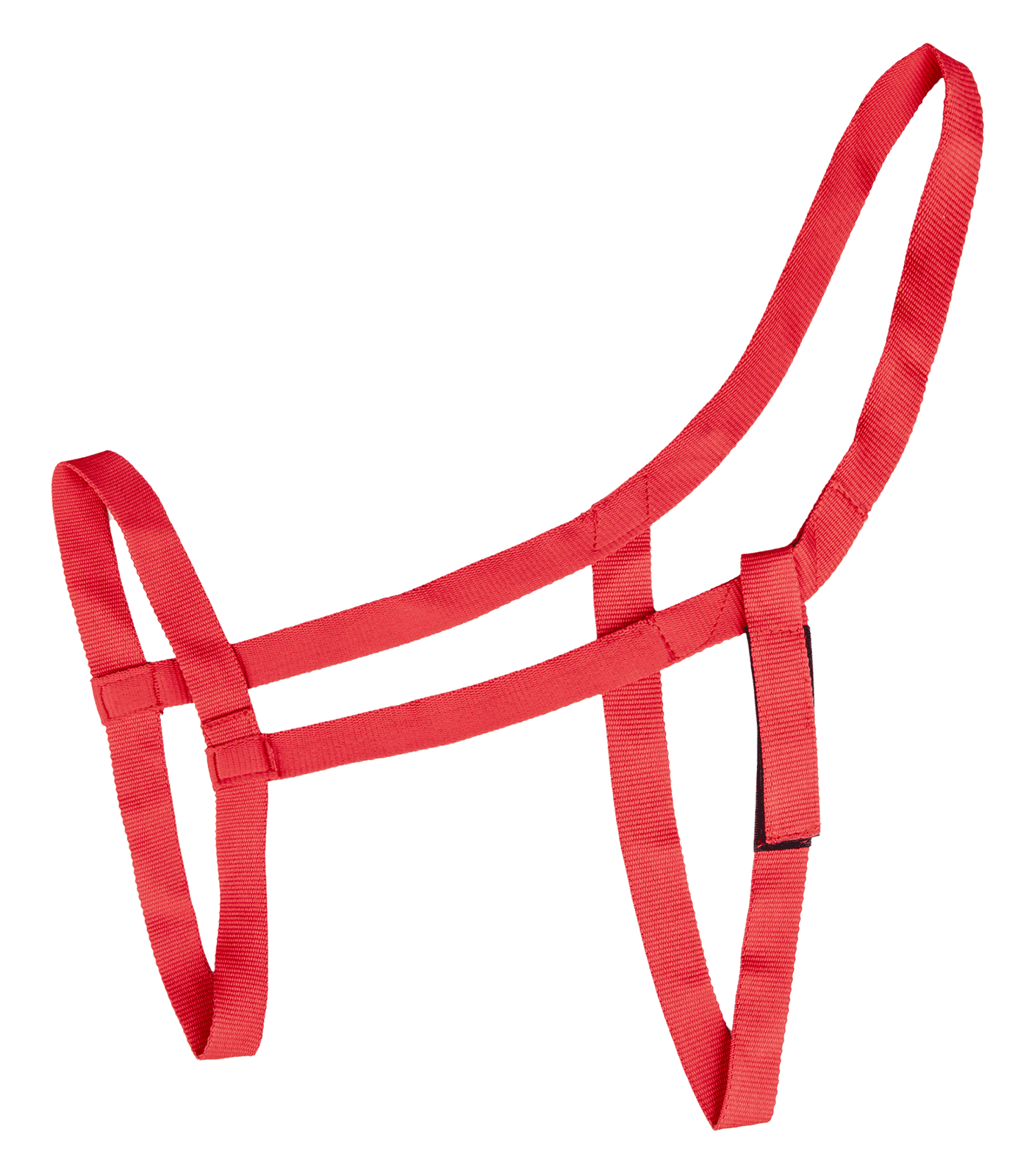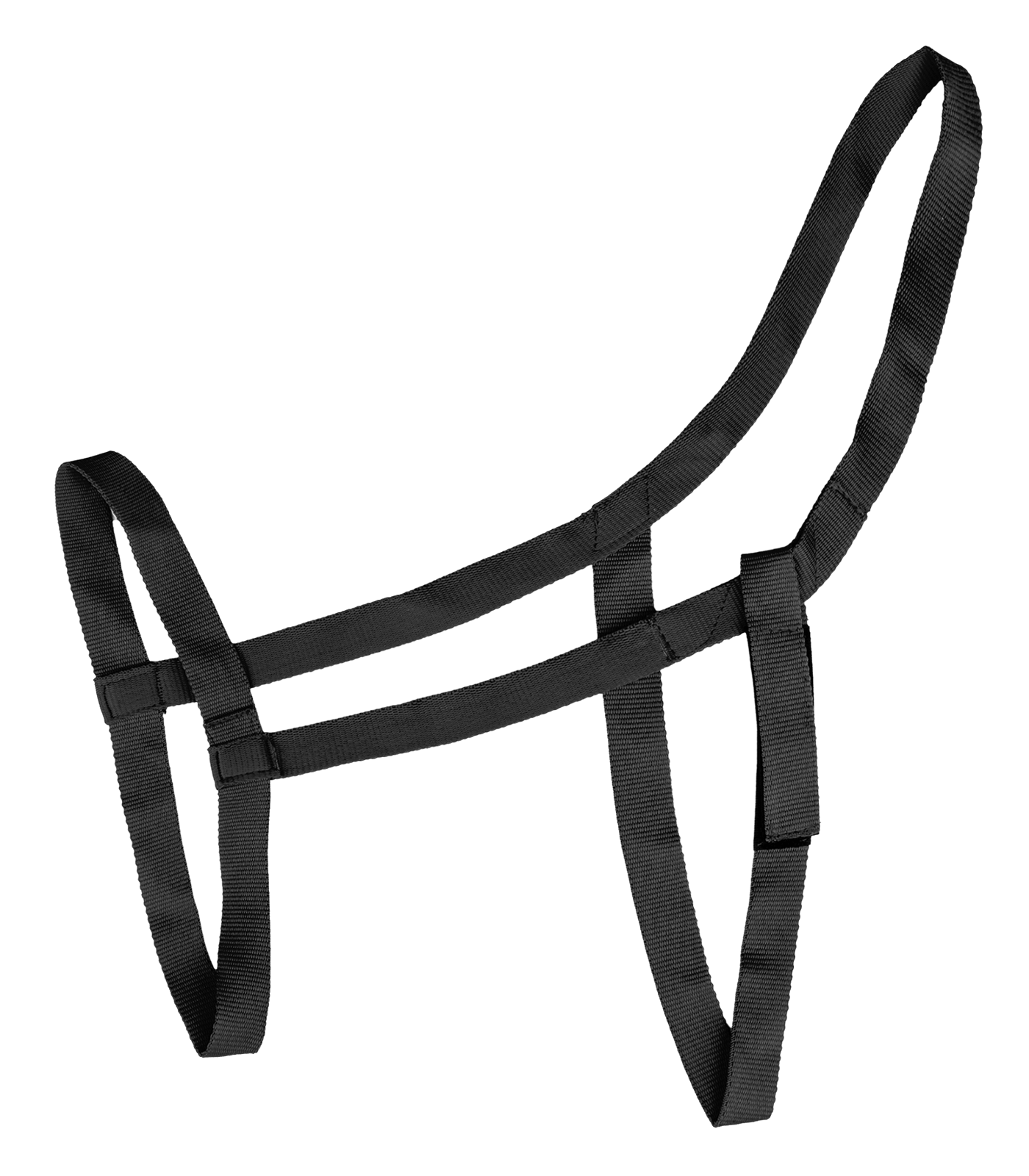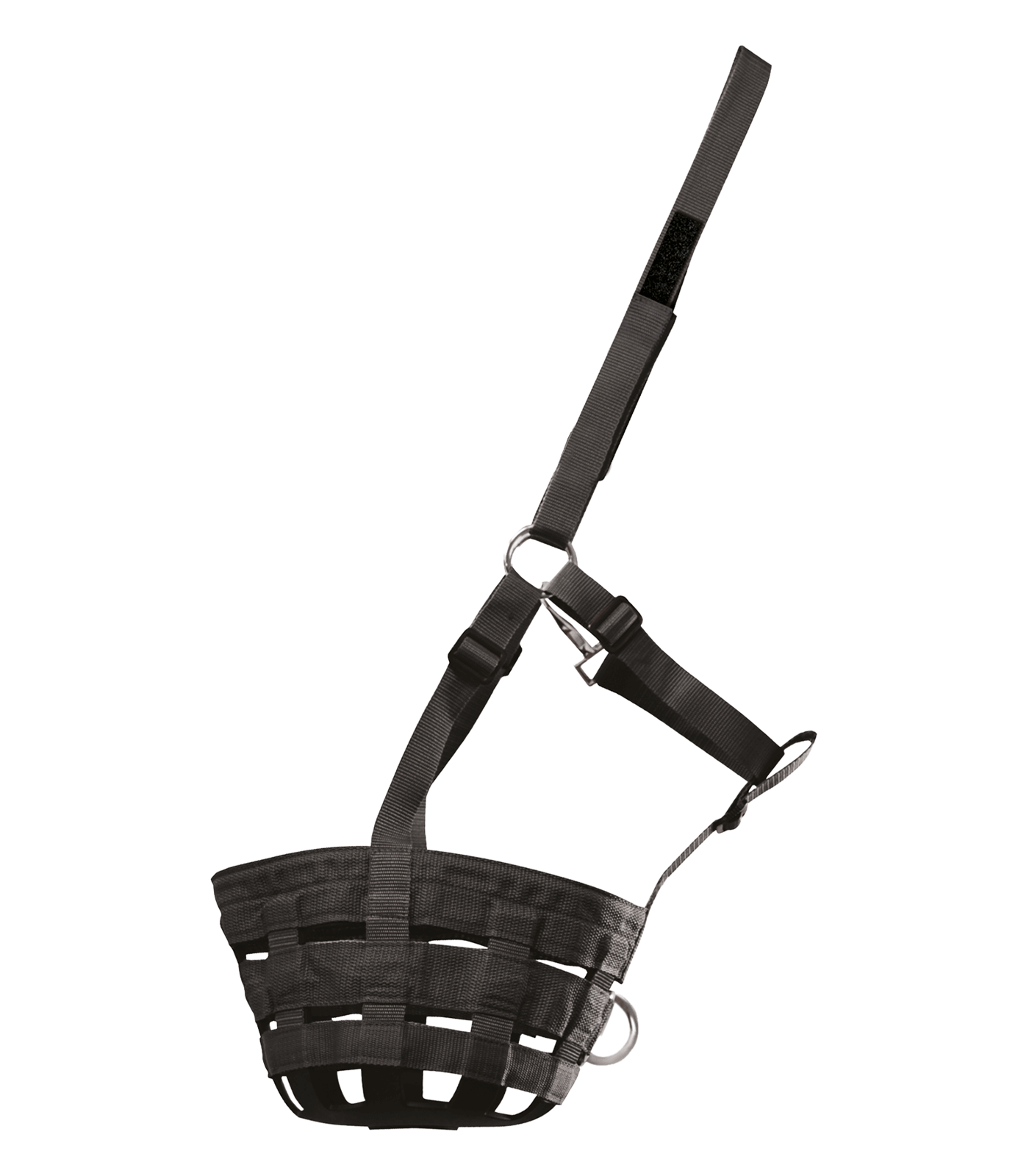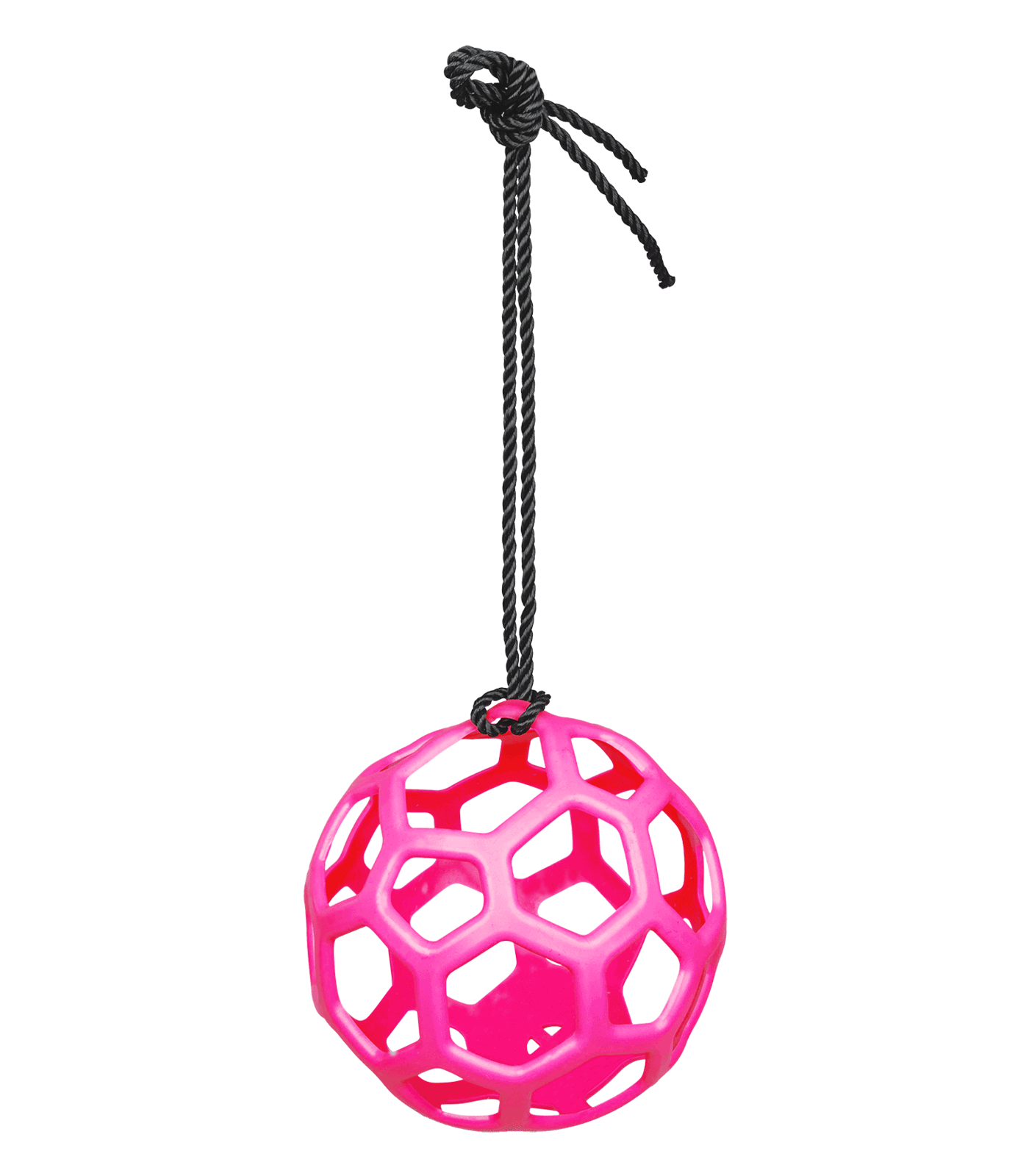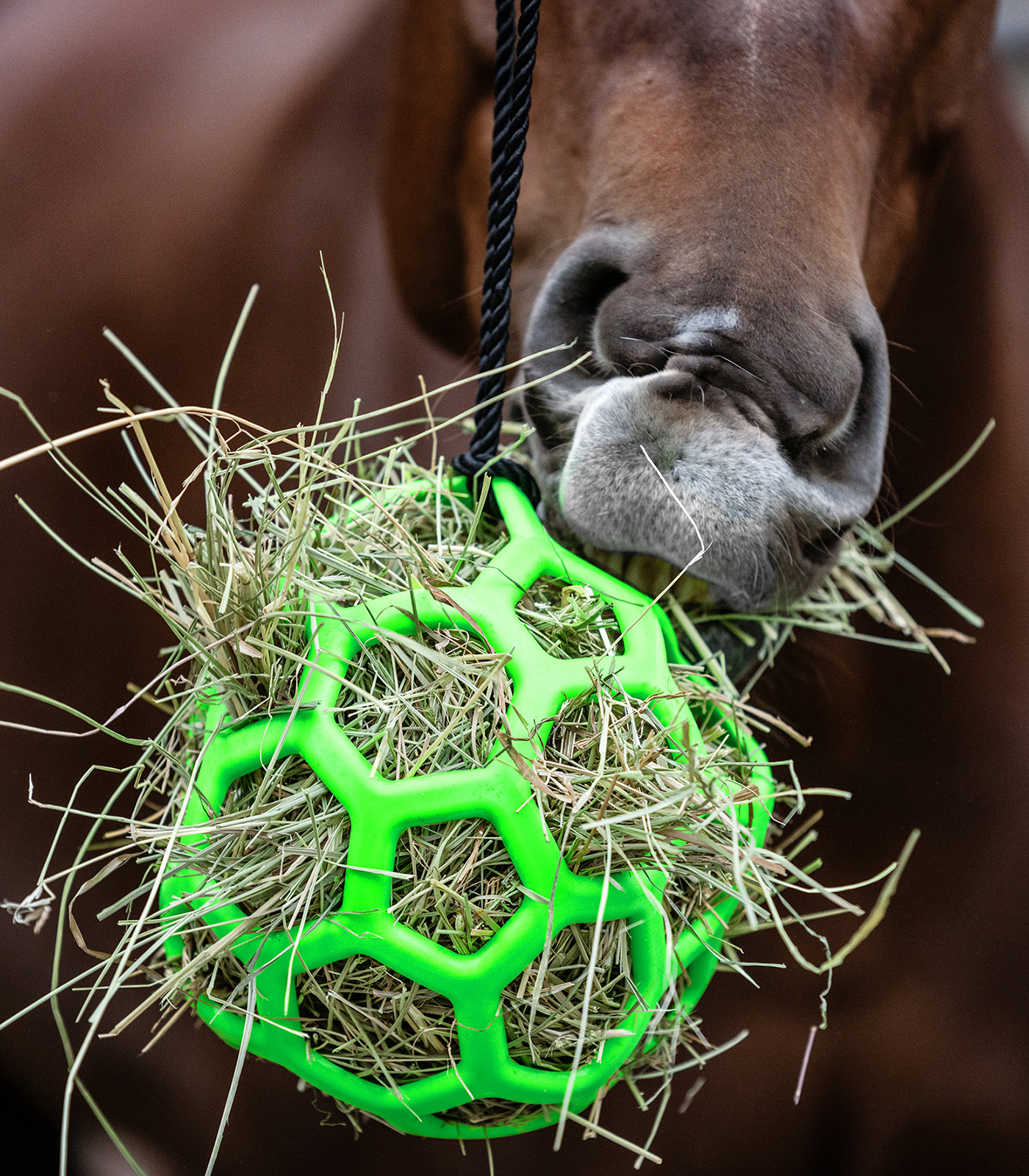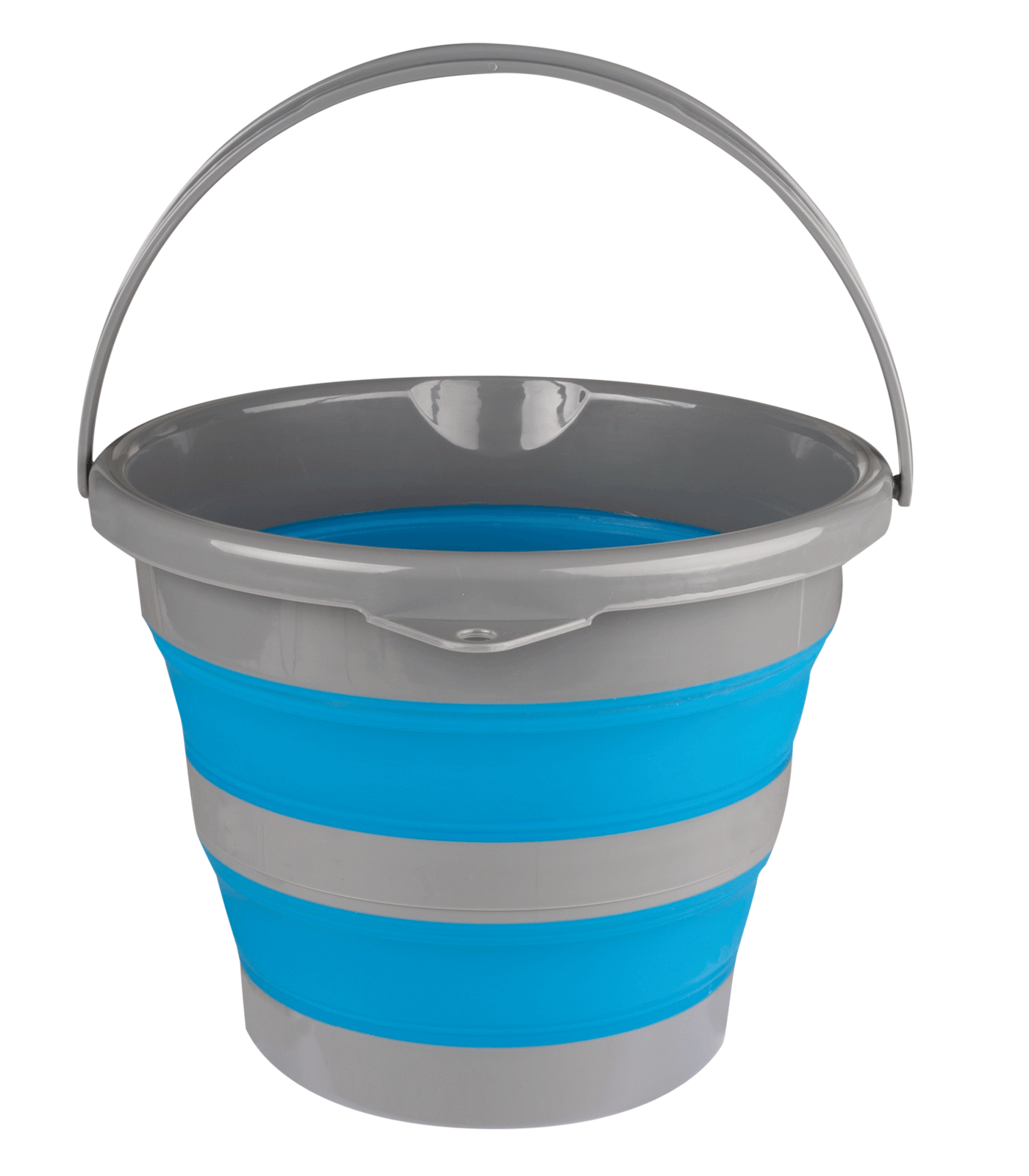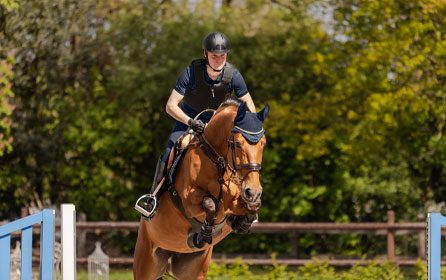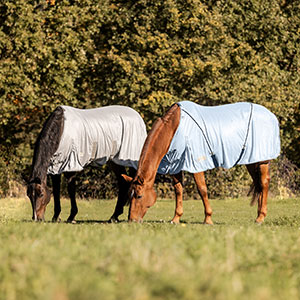
The biggest factor for a fit, healthy, energetic, and happy horse is the basic feed - what you can’t just order with a click: hay, grass, haylage, or any other form of green fodder. All of this is supplied by well-maintained pastures. In addition to this nutritional foundation, grassland provides horses with their most natural habitat - a space to move freely, socialize, exercise, and simply be horses. Therefore, the value of a well-kept horse pasture for a horse's health cannot be overstated.
What might just seem like a large, green area – simply a pasture - is actually a highly complex system that requires care to deliver high-quality feed and provide a good environment for horses. If pastures are only used without proper upkeep, with grass grazed down to the soil, turf trampled, and ground muddied, the area cannot recover adequately, even after rest periods, and will no longer function the way it should.
Horse pastures require suitable, up-to-date management. Then, they’re not only a habitat and recreation area for horses but also make an important contribution to a diverse plant ecosystem.
Maintenance of horse pastures: Soil & improvement
There are a few beliefs about pastures, grass, and hay that persist despite being outdated - for example, the idea that only unfertilized pastures provide good grass growth for horses or high-quality hay. That’s simply not true - even though over-fertilized fields with only high-performance grass varieties aren’t ideal horse fodder.
In fact, the opposite is true: for grass to absorb all necessary nutrients from the soil, it needs appropriate fertilization. Without it, the grass can become stressed and respond with higher sugar levels. Soil analyses can reveal specific nutrient needs. To perform an analysis, soil samples are taken from various spots within a field, combined, and sent to a lab. The lab provides a breakdown of elements like pH levels and mineral content. Typically, the analysis report will include specific fertilization recommendations. Depending on what the soil needs, further maintenance measures can be carried out, for example dragging to straighten, rolling for compaction, liming to change the pH value or slitting for aeration.

Optimal grass management
Rest periods are a powerful tool for horse pastures - though they can often be challenging to maintain, as space is typically limited for most horse farms. A rule of thumb for rotational grazing is to have three breaks per pasture per season. For example, one in spring for four weeks, one in summer for six weeks, and one in autumn for eight weeks.
Overgrazing by Horses
One of the biggest challenges for horse owners is the issue of horses grazing too closely to the roots; they often eat the grass down almost to the ground. Especially at the beginning of the season, horse farms should be cautious not to overstrain the pastures. In spring, grass has a harder time to recover, as temperatures are not consistently high enough to support continual growth. Delaying the start of the grazing season until the grass reaches a height of around 20 to 30 centimeters greatly benefits the grass structure and coverage. Hay feeding and exercise on paddock areas are helpful alternatives to grazing. When grass is grazed too short - which horses can manage easily with their teeth, unlike dairy cows - it recovers slowly, and the pasture sustains damage. Such damage is not easy to remedy. Even reseeding only limits the damage. A good grass structure is the result of years of work and careful management.
Reseeding as Necessary Immediate Aid
If bare patches appear in the turf, immediate reseeding is essential. Otherwise, exposed soil areas can quickly become overrun by unwanted plants like dock, thistles, and nettles. Besides this immediate aid, selective reseeding of the entire area every few years is an investment that pays off if the seed is selected according to the local soil conditions and the intensity of use. In areas subject to heavy traffic, a seed mixture with a high proportion of perennial ryegrass can be helpful—although this high-yielding grass for dairy cows is often frowned upon by horse owners. For feed areas, you might opt for mixtures with little or no perennial ryegrass to reduce sugar levels in the growth. Timothy grass and cocksfoot are examples of lower-risk grass varieties for horses. Clover should not be included in any mix intended for horse pastures.
One of the essential pasture maintenance practices is mulching. This doesn’t mean covering with material, as the term is used in gardening. Mulching horse pastures means mowing areas that horses haven’t grazed and shredding the material to spread it across the pasture. Horse manure, which provides some fertilization but may also contain worm eggs, can also be spread. However, collecting manure is more hygienic, though it’s often time-prohibitive for larger operations. Mulching is still worthwhile, even if manure has already been removed.
Effective weed and pest control
The types of weeds present in a pasture depend on soil composition and pasture use. Weeds are not just annoying, they also indicate what the pasture needs most. For instance, if yellow buttercups - commonly known as buttercup flowers - are present, it’s a sign that the soil lacks lime. Lime can be applied year-round, though it’s most effective in spring and autumn. You can either apply feed-grade lime by hand or spread lime granules on larger areas using a tractor. The amount of lime needed can be determined through soil lab analysis. Farmers familiar with their land may also estimate the need.
Buttercup, Ragwort & Dock Removal
Pulling up buttercup plants is generally ineffective due to their root type; adding lime is a more lasting solution to get rid of them. While buttercups are mildly toxic to horses, they rarely pose a problem, as horses tend to avoid them. Ragwort is a different story. This plant has increasingly become a problem in German pastures. Ragwort is highly toxic - posing a danger to humans upon skin contact and particularly hazardous to horses when dried in hay. When ragwort appears in pastures, it should be pulled out, including the root, with gloves, and disposed of in general waste, not compost or manure. Ragwort is a biennial plant, typically developing a purple stem in its second year, which distinguishes it from other similar-looking yellow-flowering plants. In its first year, it doesn’t flower and appears as a low rosette, making it harder to identify. With their slender taproots, these plants are relatively easy to pull up.
The roots of broadleaf dock can also be levered out. This plant is non-toxic to humans but often spreads in compacted or recently established areas. A quality dock weeder is a great help when pulling up its deep, firmly rooted plants.



Caution with Weeds and Mulching
Be cautious with mulching if there’s a lot of broadleaf dock in bloom on the pasture, as mulching can spread its seeds, which remain viable for decades. In this case, dock should be controlled chemically. Organic farms may cut the plant when its stored energy is concentrated in the upper parts, which happens between flowering and seed formation. This is the only time cutting weakens the plant. The same approach applies to thistles. Although thistle flowers are nutritious for horses, thistles spread quickly and can become overwhelming.
Effective Deworming and Hygiene: Keeping Your Pasture Parasite-Free
Parasite control in the horse’s gastrointestinal system and proper manure hygiene on pastures are also part of pasture management. Regular deworming of horses is essential to control parasite infestation, though completely eliminating parasites is unrealistic.
The frequency of deworming depends on various factors, including the age of the horse (younger horses with less developed immune systems are more vulnerable and thus require more frequent deworming), herd density, and the past management practices regarding deworming and parasite control. There are different philosophies on correct deworming, with the most common approach being an average of four times a year.
An alternative to frequent chemical treatments is selective deworming. In this approach, the entire herd is monitored several times a year, and deworming is performed only as needed based on results.
The most crucial deworming occurs in winter to target botflies. The active ingredients used are usually ivermectin or moxidectin, often in combination products that also combat tapeworms. Horses become infected when botflies lay yellow eggs on their coat, which are then ingested during grooming. About six weeks later, the larvae attach to the stomach lining, contributing to the risk of stomach ulcers. Since they remain in the stomach during winter, this is the ideal time to eliminate them through deworming. Therefore, a major deworming in late November or early December is a wise choice. Even those who prefer deworming based solely on fecal samples generally administer this treatment as a preventative measure.
Use of Irrigation Management
Every pasture needs fresh water accessible to horses at all times. Studies show that horses drink more readily when offered an open water source. While convenient, small horse drinking troughs with flow-on-demand systems may lead to insufficient water intake.
With advancing climate change, the relevance of water in pasture care is also growing. Droughts lead to reduced hay quality, while other years bring excessive rain, oversaturating pastures. The search for solutions is urgent. One option is to implement irrigation systems, similar to those used in vegetable farming. They are also becoming increasingly interesting for horse owners.
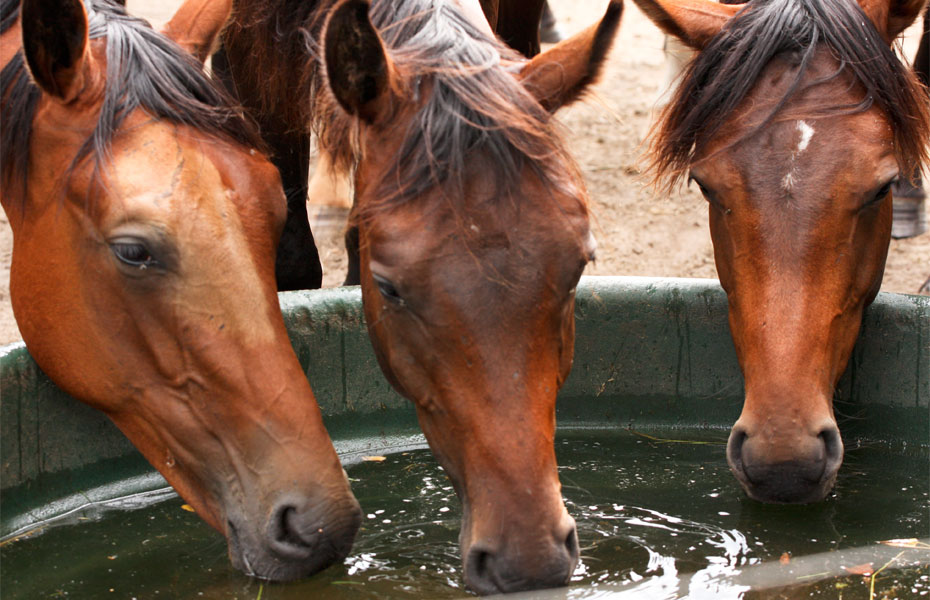
Year-Round Pasture Management
Pasture management can become a science, and it might take years to truly understand your pasture well : where the wet spots are, where the dry areas lie, where the horses create paths, where there’s shade, and where trees naturally sprout. In some years, all care measures can be applied perfectly, rainfall is just right, and everything goes smoothly. In other years, plans may go awry—for example, when excessive rain makes it impossible for tractors to access the fields for months.
A practical rule of thumb is to harrow and fertilize in spring. During grazing, if possible, collect manure. Protect turf with rotational grazing and rest periods. Mulch after each grazing period. Fertilize and mulch in autumn. Roll and lime as needed.
Caution: Grass stops growing when temperatures fall below eight degrees Celsius. So, only graze the areas that still have plenty of forage. Allow pastures rest and a winter break. For regions with clay-rich soil, this may mean no grazing from November to May. In sandy areas, where water drains well and hoof damage is less concerning, it may be possible to keep pastures open year-round. This also depends on stocking density. Typically, two horses per hectare is standard, though few facilities maintain such low densities. Ultimately, pasture management is a balance between our horses’ needs and practical circumstances.
Promoting Biodiversity
To give back to nature, one option is to create wildflower strips along the edges of horse pastures, particularly in protected areas behind fences. Wildflower strips support wild bees and other nectar-seeking insects. A few unkempt areas with leaf litter, dead wood, and branches provide shelter for insects and hedgehogs, greatly boosting biodiversity with minimal effort. Hedges can be planted with occasional breaks for deadwood piles, which attract native bird species, small mammals, and insects.
Hedges and shrubs can also benefit horses. Elderberry, for example, keep mosquitoes at bay. Willow trees are popular chewable plants for horses and grow vigorously, so that they can be pruned again and again. Hazel bushes make good fence companions and add variety to the horses' diet.
Looking for the right pasture accessories for your horse?
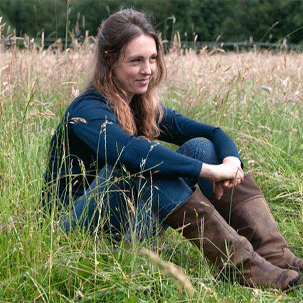
The author


